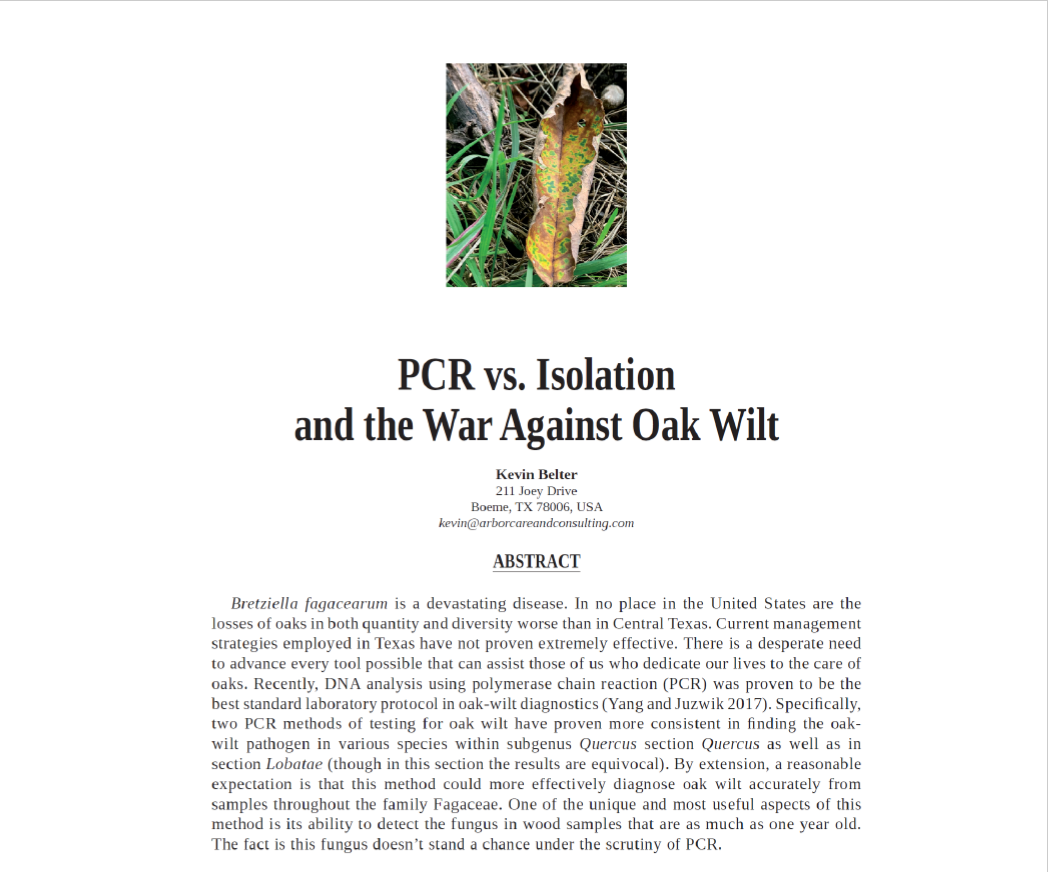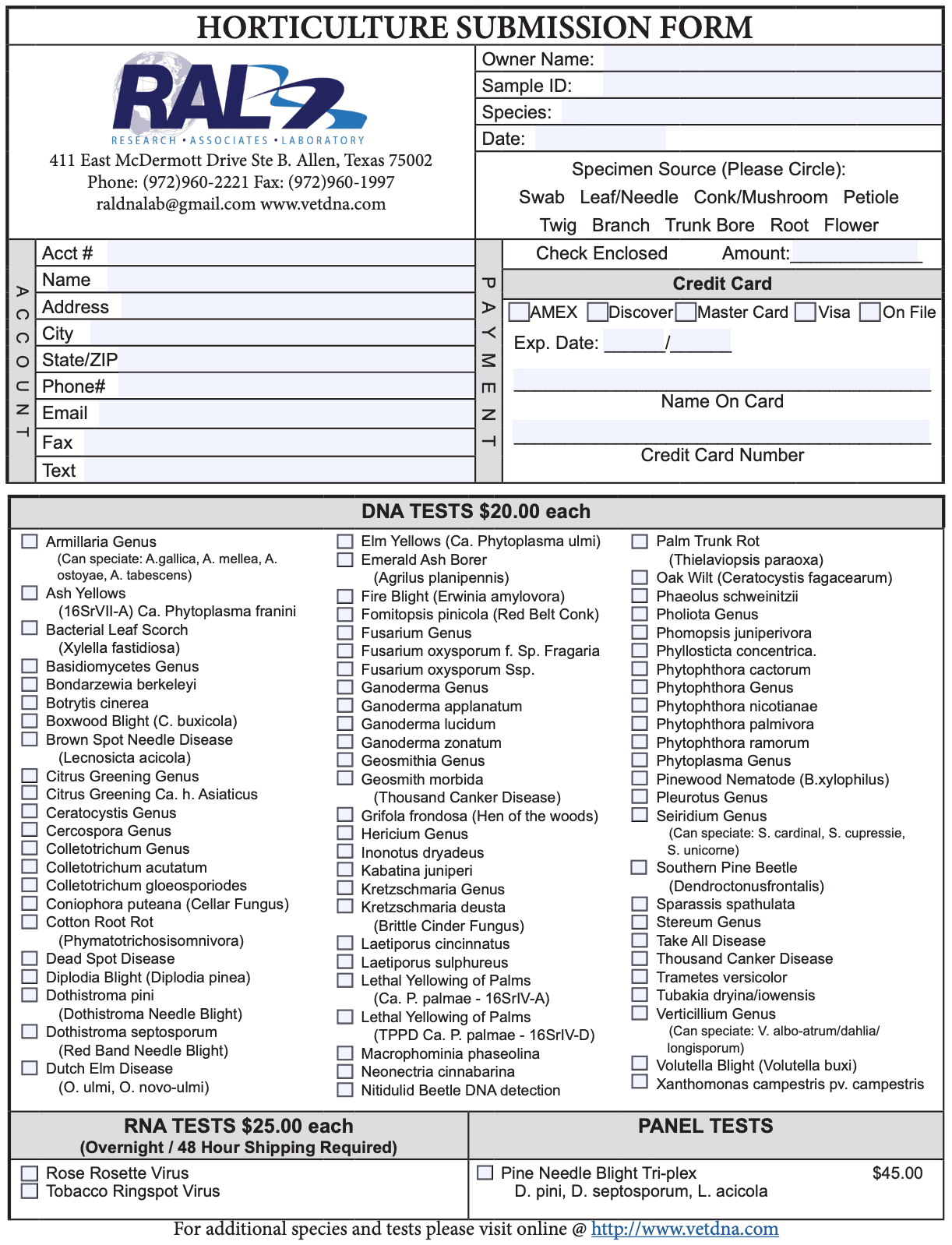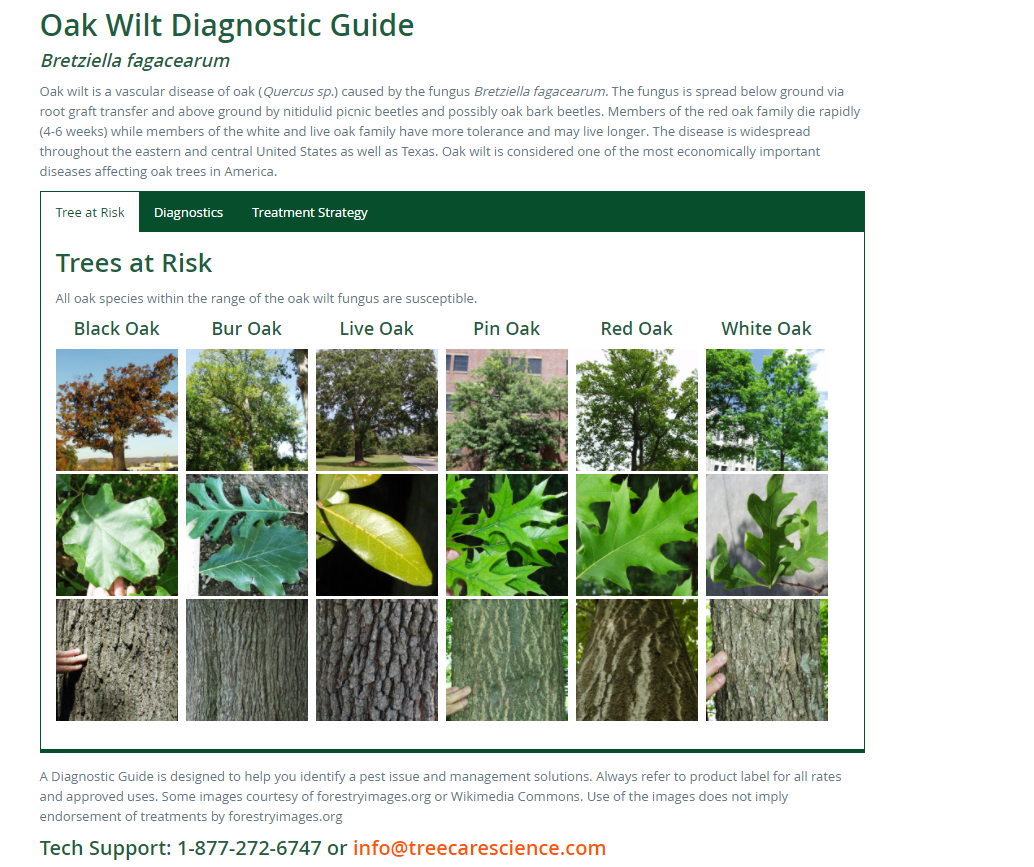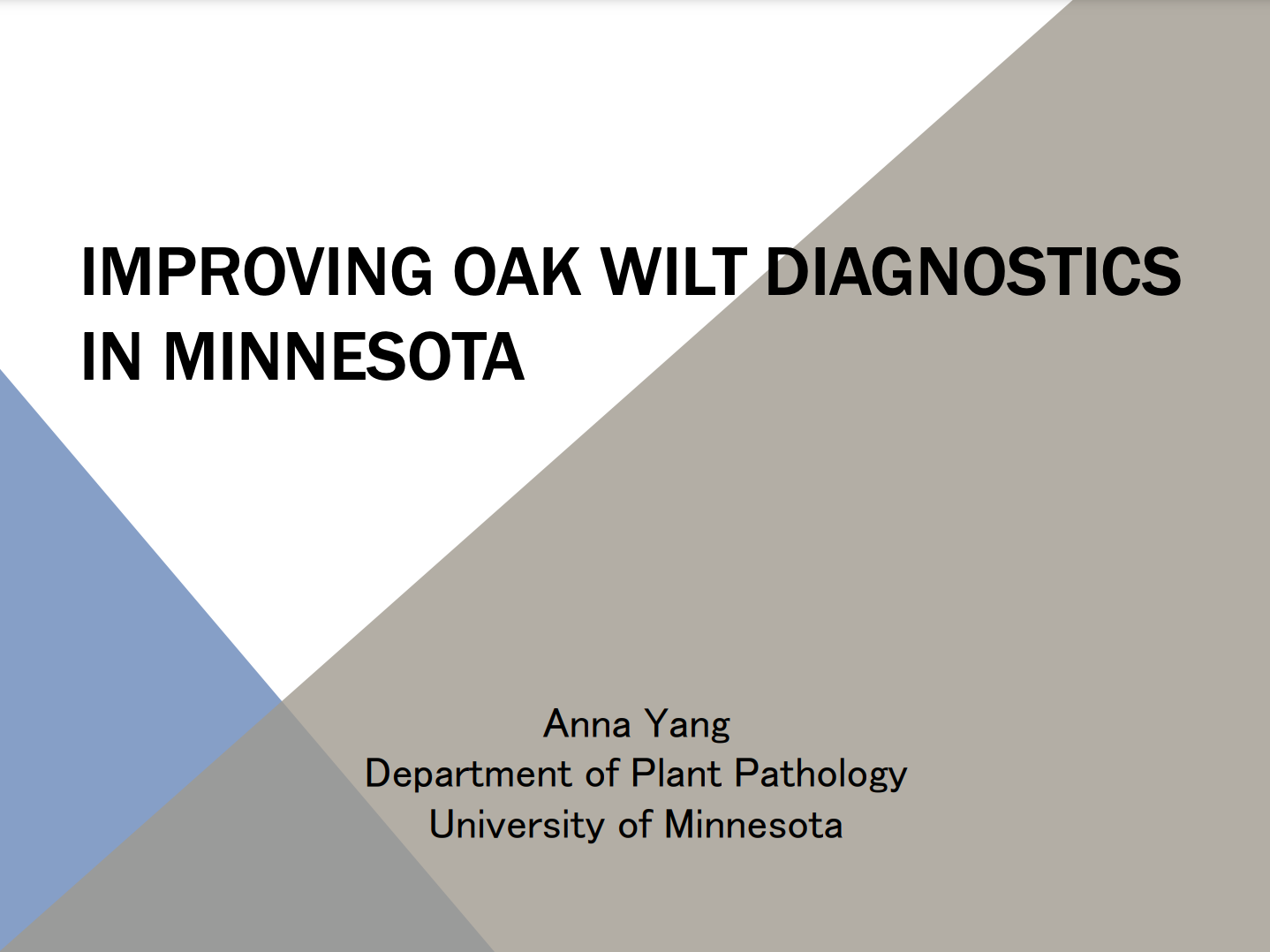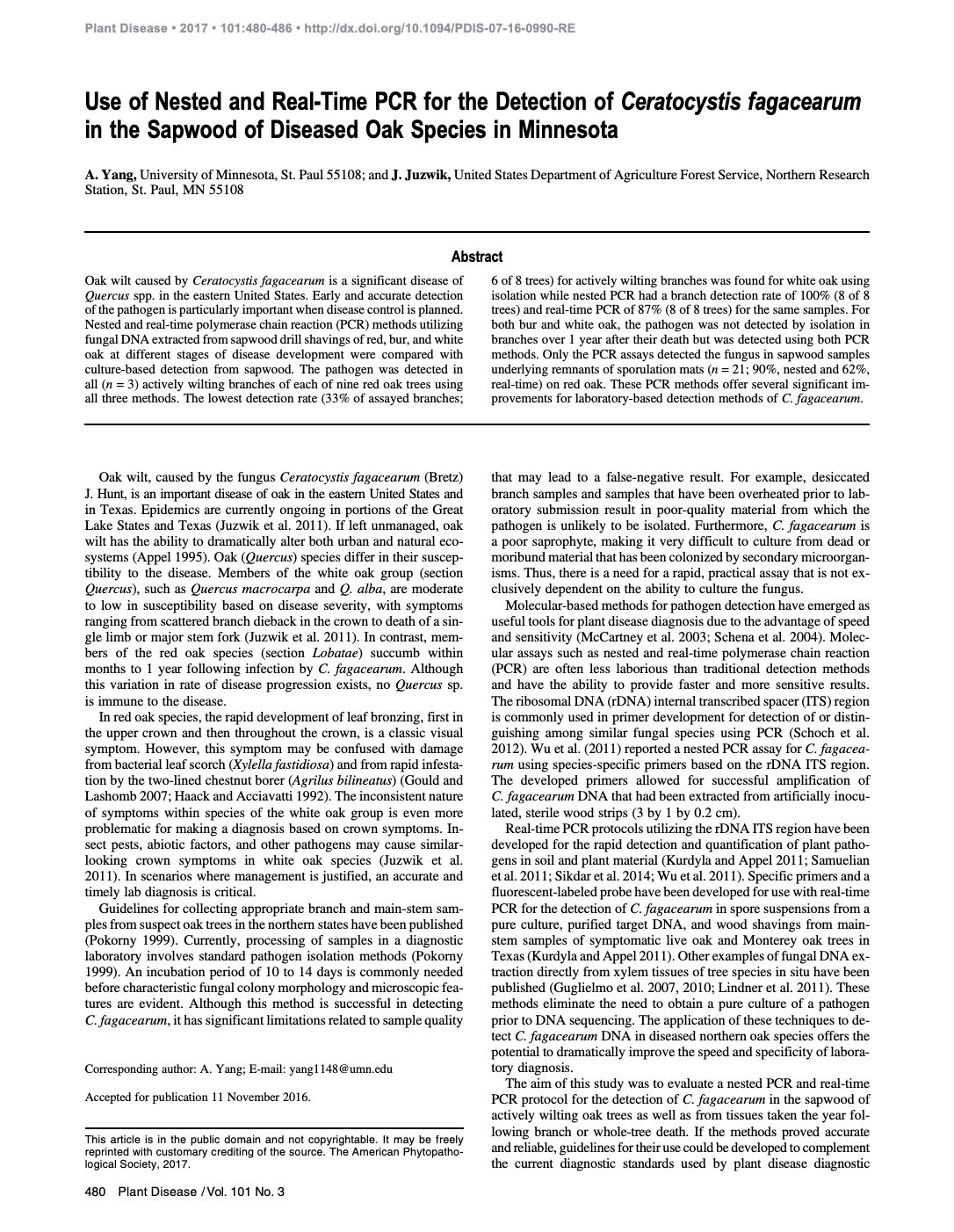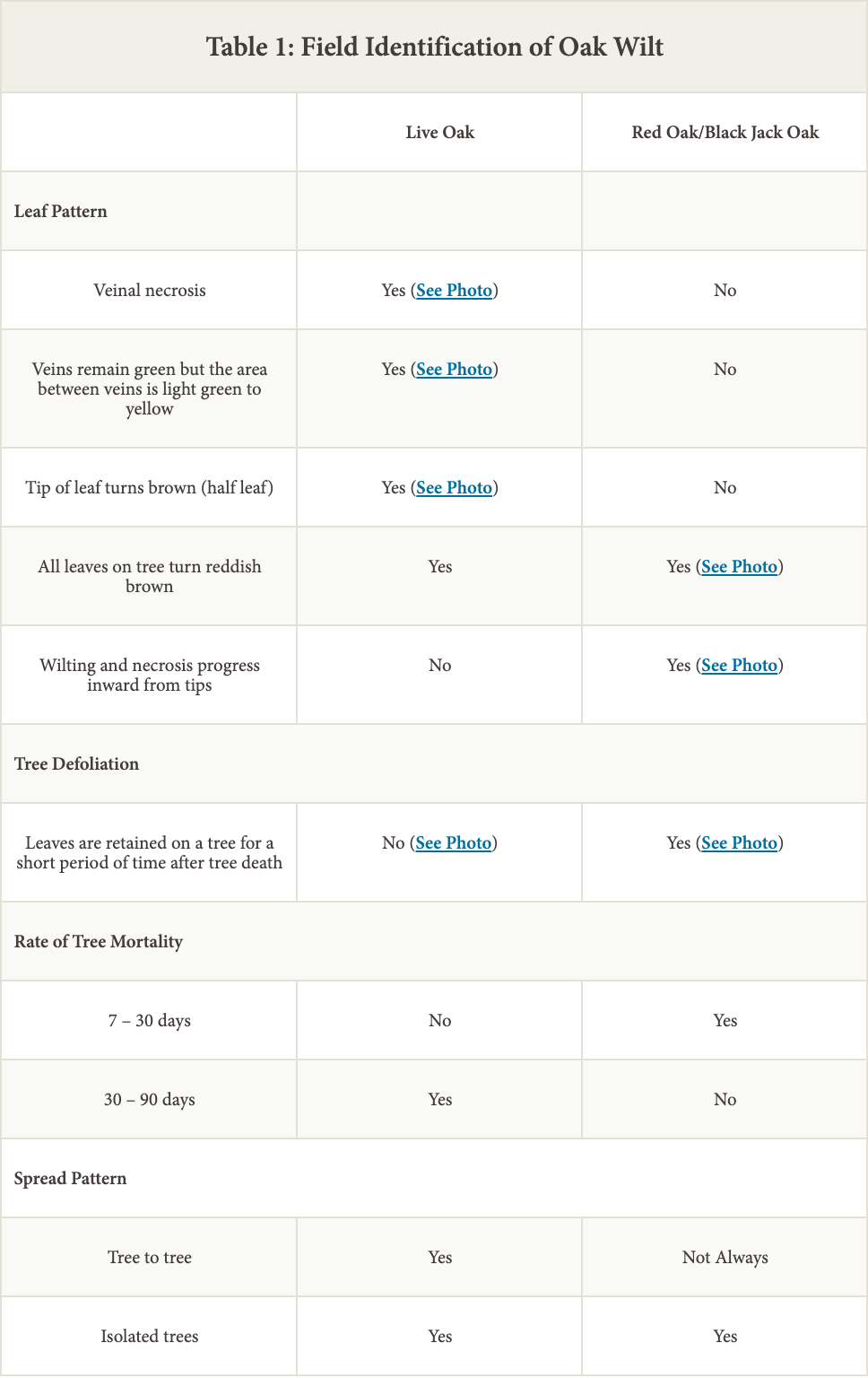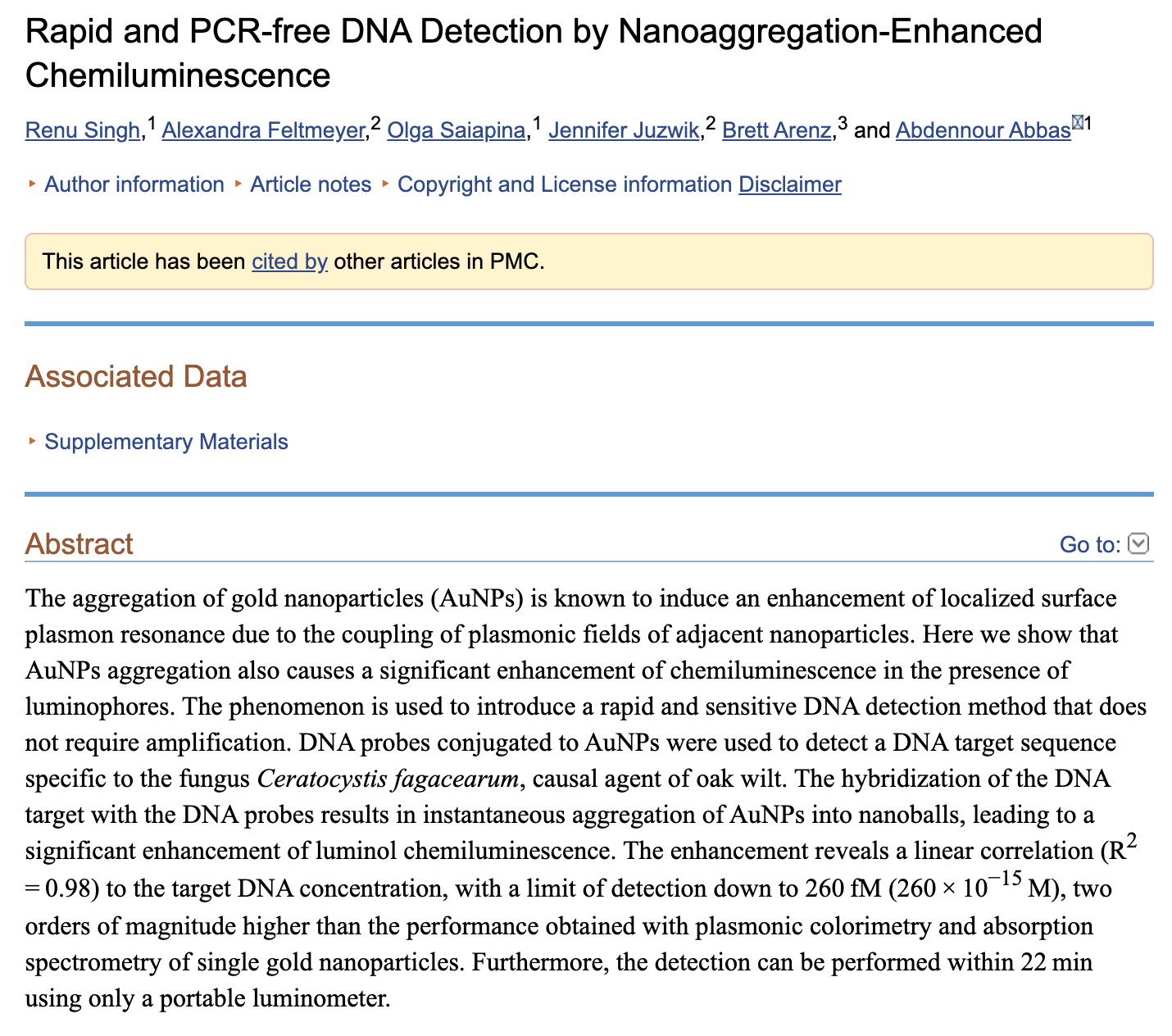Oak Wilt Diagnostic Dilemma
Should we Use Traditional Isolation Culture Method or DNA diagnostics?
Debate is good. We need more debate in our lives. In every field of study – all progress comes from the critical reflection of current practices. It would appear to most Texans that the traditional culture diagnostics offered by THE TEXAS PLANT CLINIC is our only choice – but is it really?!? No, actually there is a new, cutting-edge diagnostic method know as PCR DNA available! This new, very reliable method is actually offered by one of the premier molecular biologists here in the USA. He is using real-time PCR (polymerase chain reaction technique/protocol/method) DNA diagnostics and even better – he hails from right here in Allen, Texas! His name is Dr. Chad Lytle and he is changing the plant pathology world – and has been for quite some time (see the ASCA Arboricultural Consultant re-print below). It is my sincere hope that the Texas Forest Service as well as the Texas AgriLife both see the value and need of Texans for information about this option for lab analysis and include this option in their public media efforts.
An amazing, thorough study of traditional culture vs. nested PCR vs. real time PCR was conducted by A. Yang from the Univ. of Minnesota and J. Juzwik with the USDA Forest Service Northern Research Division, and printed in “Plant Disease”/ Vol. 101 No.3 (2017). Those who wish to tackle some very serious technical information – please help yourself to the full document below, but for those who would prefer the reader’s digest version:
What overall benefits does the traditional isolation culture method offer over the PCR techniques? None stated.
(Isolation Method Photos)
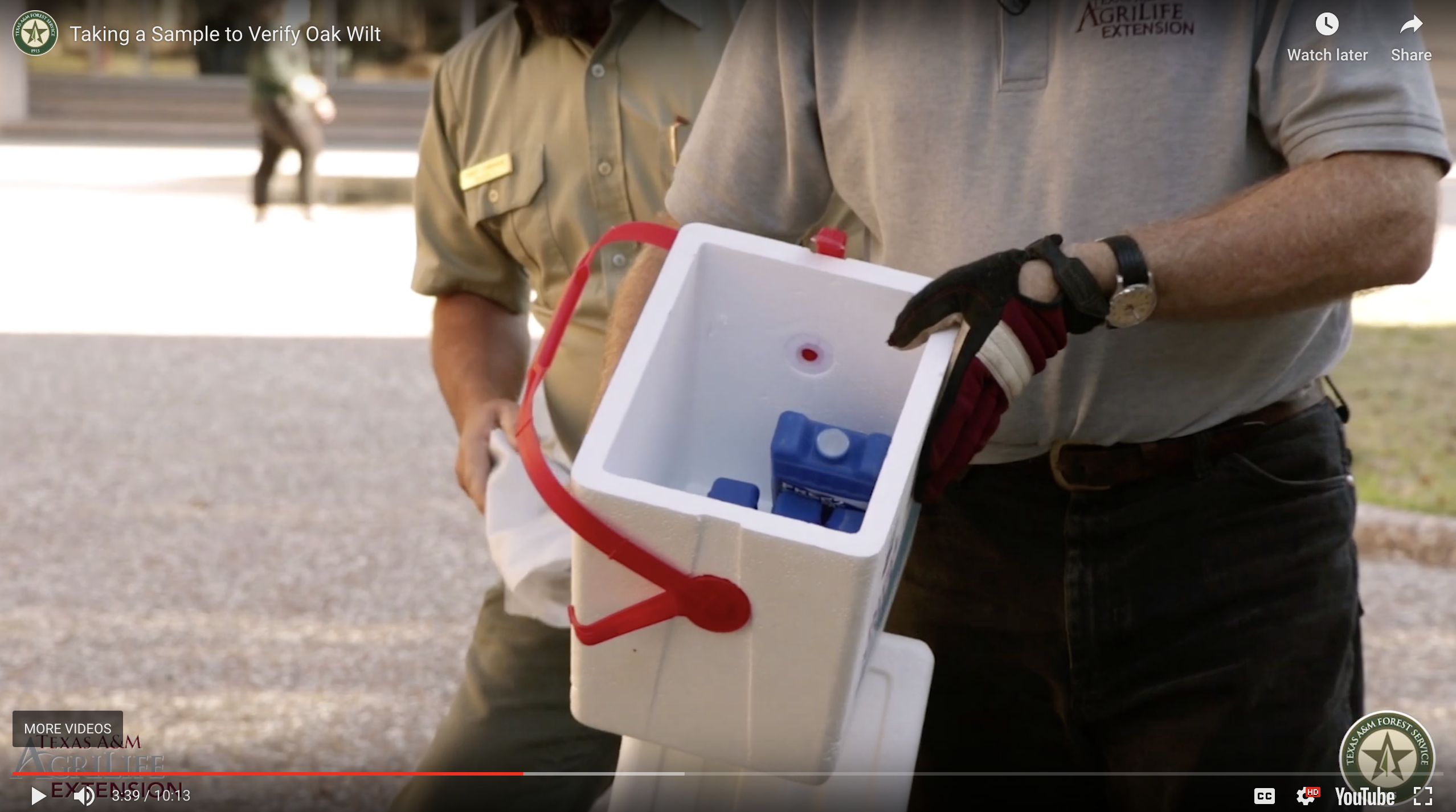
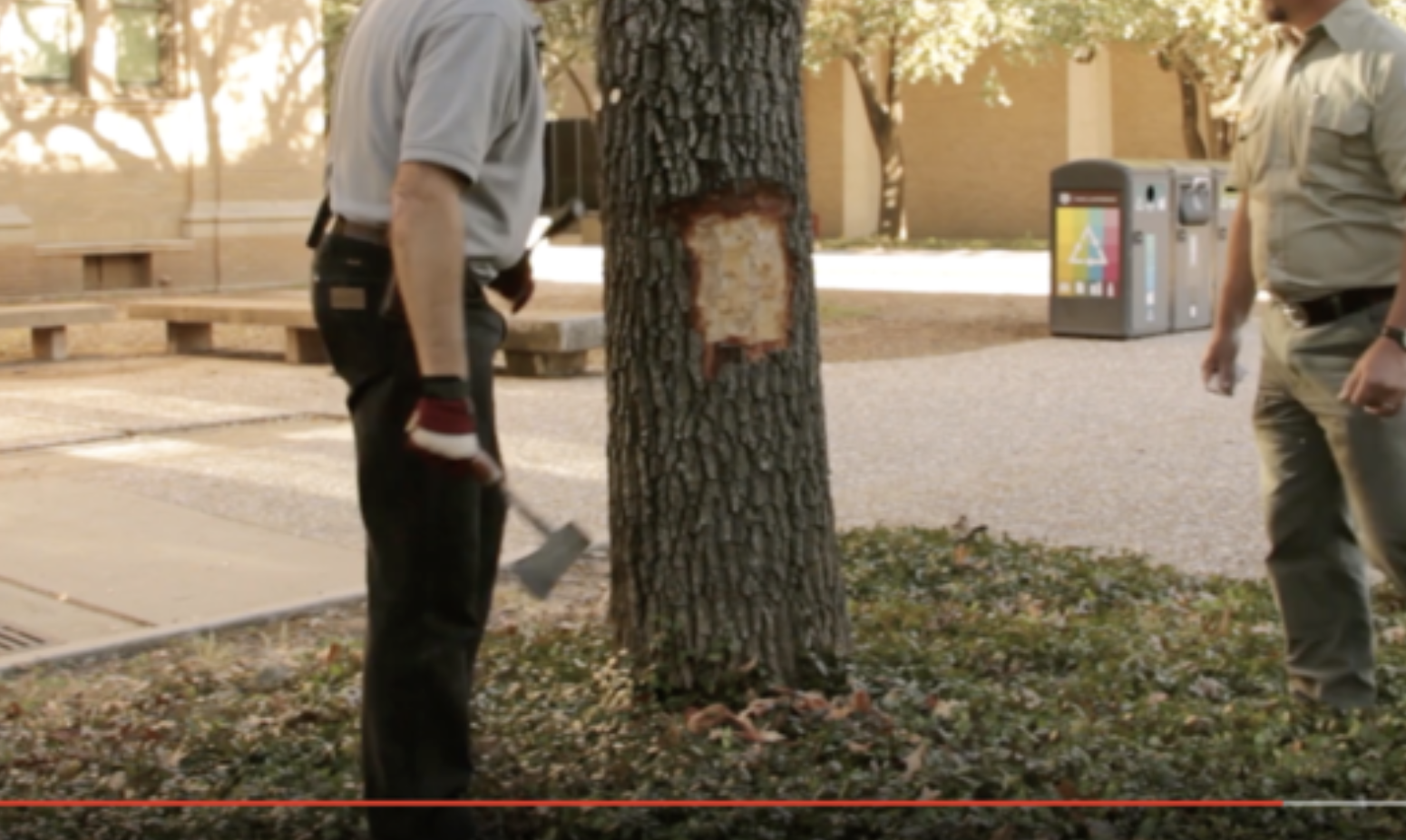
What benefits do the PCR approaches offer?
-
Superior results across the spectrum at finding oak wilt – especially helpful if only small levels are present; further real-time PCR (also known as qPCR – quantitative PCR) can even specify the amount of fungus present in the sample (or its CT value), while at the same time allocating for the possibility of minute DNA levels (i.e. compromised sample) and thereby safeguarding from false positives
-
PCR is way more effective with white oak family diagnostics. In my professional assessment – the limitations of the traditional isolation method likely has played a considerable part in the fiasco of the TFS historical position that the white oak species are all more resistant than say the Live Oak (see next webpage)
-
Secondary micro-organisms don’t compromise the ability to detect the DNA of the pathogen sought
-
Effective on dried out samples that are at least one year old
-
Results are communicated in most instances the same day received by the lab (my experience of service provided by Research Associates Laboratory (RAL) and Dr. Chad Lytle by way of real-time qPCR), or 3 days worst case (nested PCR) vs. 3-5 weeks for traditional isolation
-
Samples can be re-used for further testing at a later time
-
Small samples (think wood-shaving that amount to an aspirin pill size vs. huge wood chunks from branches and or huge chunks of tree trunk - see TFS video photos above or view full TFS video link below)
-
Don’t need blue ice or dry ice or any kind of ice! No cooler either! You only need a mailing envelope.
-
Real-time PCR techniques (again my service experience w/RAL) offers more test options for other plant health tests than the Texas A&M AgriLife Extension –Texas Plant Disease Diagnostic Lab offers; This means huge implications for the entire Green Industry diagnostic needs - well beyond just oak wilt, but any disease type, fungal, insect, and more
-
PCR has good bit more room to improve a lot and soon such as perfecting the probes and primers, minimizing hindrance of various chemical compound and various volatiles, as well as inoculum isolate selection (see the latter third of 2017 study below; especially real-time, in-field test results!), while traditional is “stuck” and won’t improve speed, time required, diagnostician and sample prep labor, etc.
-
Cost for DNA testing is much cheaper - $20 vs. $35 (RAL & Agrilife respective published charges as of Aug. 2019). Really though, due to what's at stake – I put this benefit last because the information is so critical and the costs of waiting potentially so very high
The above video was published on Mar 12, 2019

It is unfortunate that at this time the TFS has chosen not to include DNA testing as an option to confirm oak wilt, but I hope that will change soon. It is ironic, but I know for a fact, that TFS has utilized RAL DNA testing in order to justify a cost share trench for a local municipality.
Courtesy of The American Phytopathological Society, 2017
Provided Courtesy of American Society of Consulting Arborists






